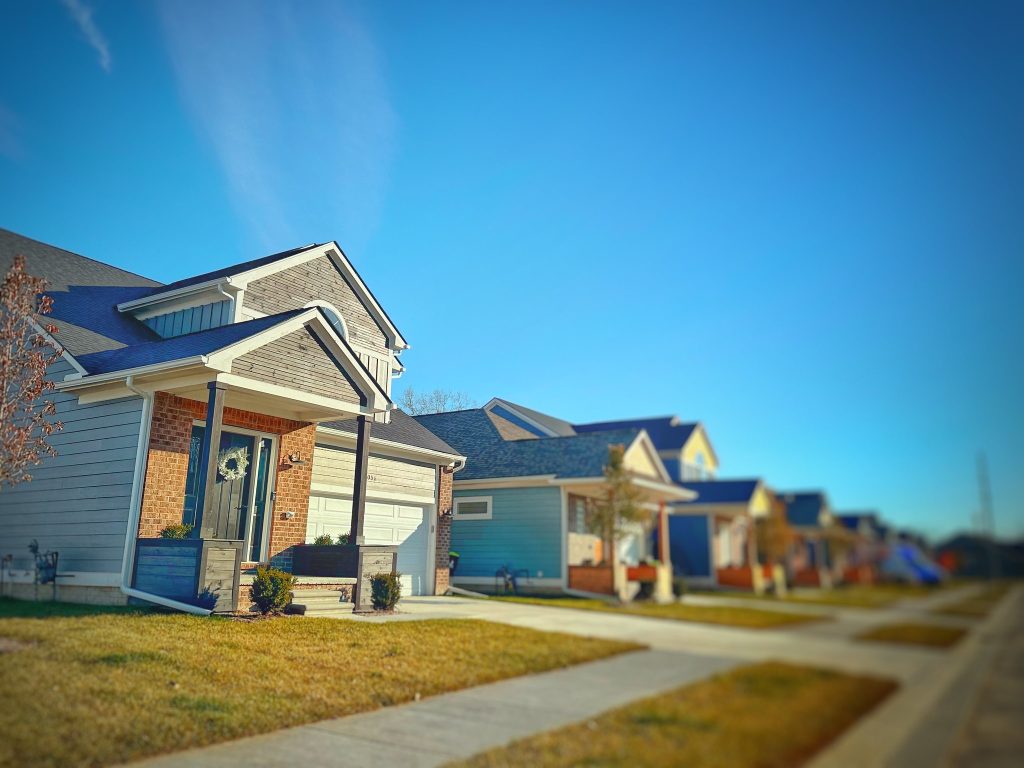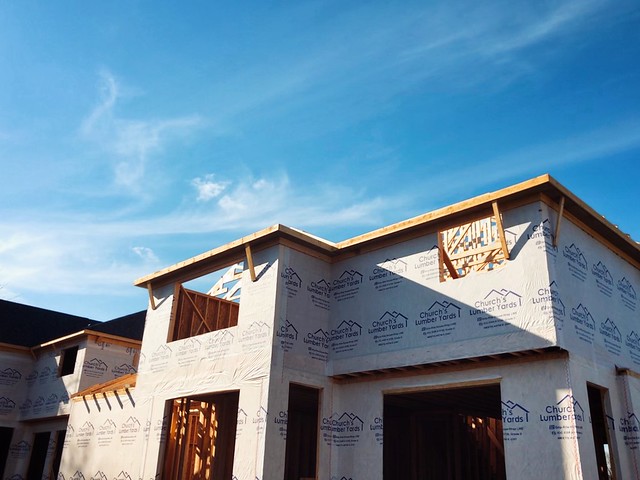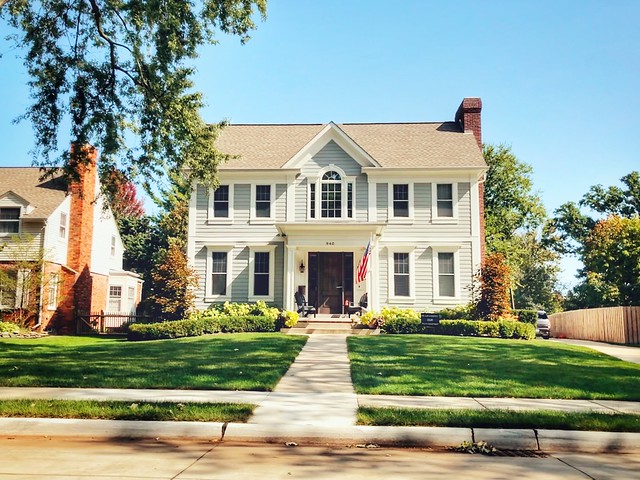The U.S. Census Bureau and the Department of Housing and Urban Development keep a monthly measure of new home construction. Their report tracks the number of new building permits pulled, the number of homes that began construction, and the number of homes that completed construction during the month. Together, the three components offer a glimpse of where new home construction is and where it may be headed. According to the most recent results, permits and starts were relatively flat from last year in April. Building permits were 2 percent lower than April 2023 and housing starts were 0.6 percent lower than last year. Completions, however, surged. In fact, the number of new homes that completed construction in April was 14.6 percent higher than last year’s level. That may be good news for prospective home buyers, as any increase in the number of homes available for sale can help moderate prices while offering buyers more options. (source)













